When Korg was founded in 1960s Tokyo by Tsutomu Kato and Tadashi Osanai, its initial products were a line of organs. The founders arrived at their brand name by combining the first letter of their names, adding the "rg" from "organ" to mark their target audience.
It wasn't until the next decade that Korg used its organ technology to expand its horizons toward the nascent synthesizer market, beginning with the monophonic miniKORG 700 in 1973.
Six decades on from those humble beginnings, Korg has released a wide variety of innovative, iconic synthesizers and other keyboards that span nearly the entire history of electronic music-making—ranging from the thick bass sounds of the monophonic MS-20 to the powerful Triton workstation introduced at the turn of the millennium.
Today, we're focusing solely on Korg's original polysynths—removing any recent reissues—of which there are many highlights. Keep scrolling and follow along to read through the history.
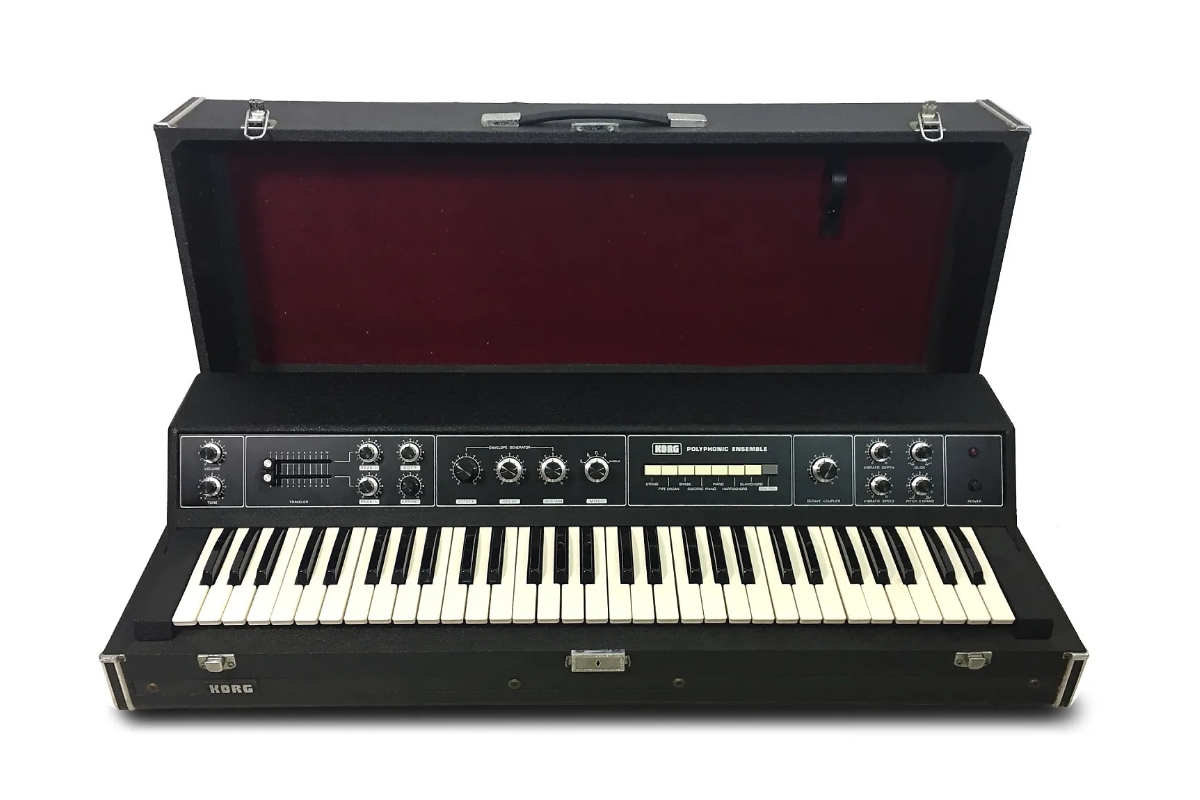
The earliest of Korg's polysynths, the Ensemble P is equipped with 60 keys, two filters for high- and low-pass, seven orchestral presets, and divide-down circuitry. It's not to be confused with its sister instrument Polyphonic Ensemble S released in conjunction: while the S was designed for sustained sounds such as strings and choirs, the P was used for percussive sounds such as imitation pianos and clavichords.
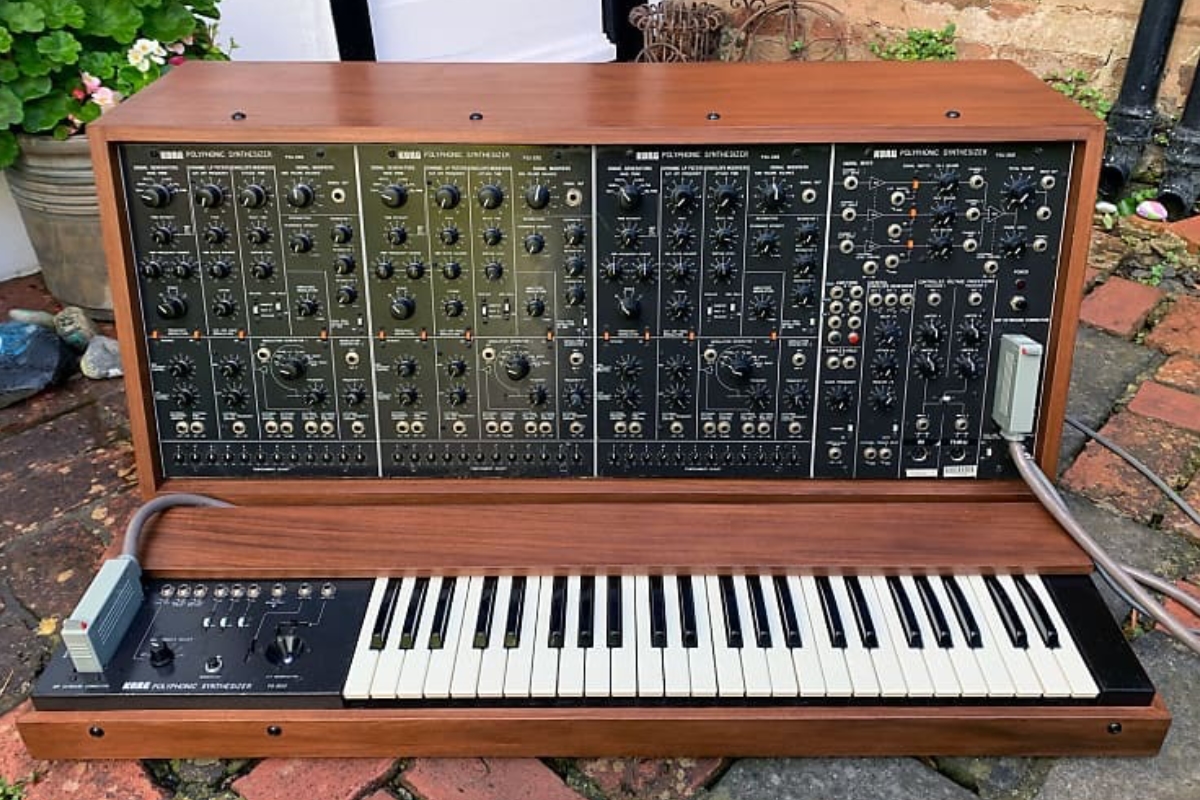
This wood-paneled, 3-VCO-per-voice semi-modular monolith of a machine was a massive upgrade to the slightly-slimmed down PS-3100 released the same year, which had only 1 VCO in comparison (in addition to the following year's 2-VCO PS-3200). Boasting a whopping 48-voice polyphony and 144 VCOs, VCFs, and VCAs (that's 3 per key), this was among the thickest compact synthesizer systems of its time, with an envelope generation and sample-and-hold functionality to boot.
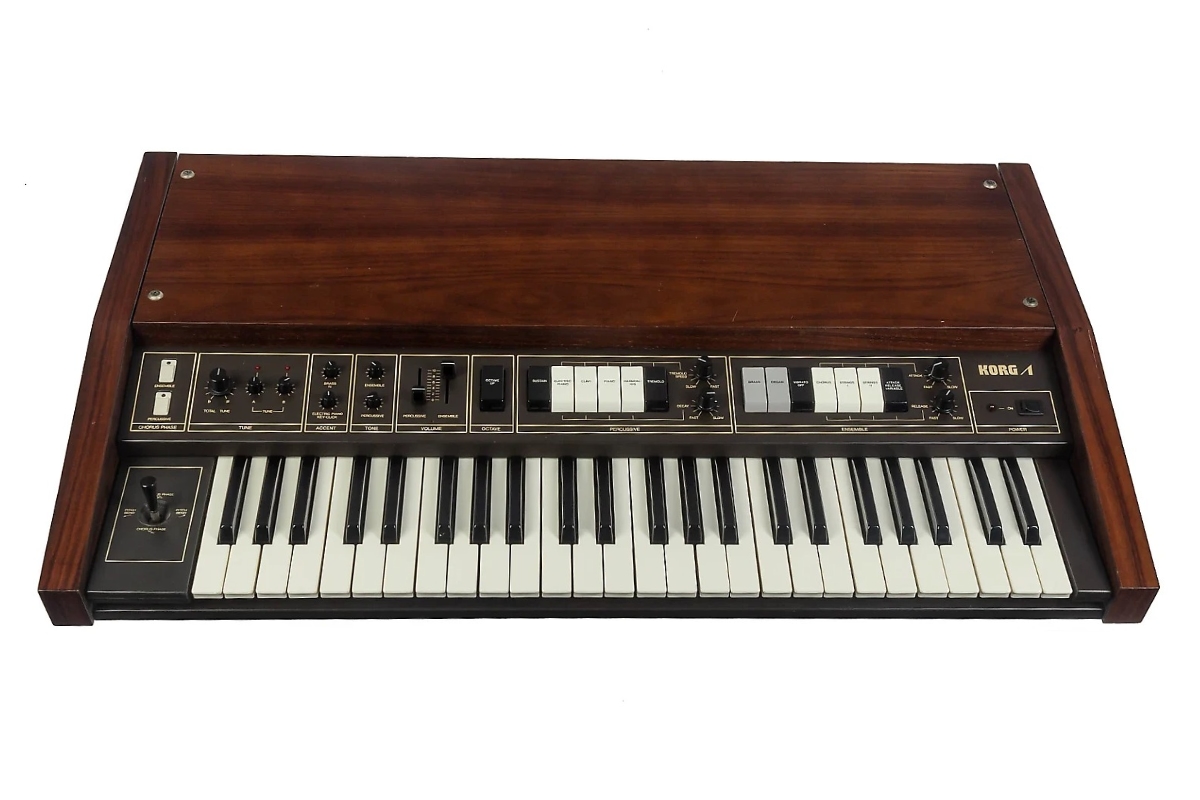
Once again utilizing divide-down oscillator technology, the Lambda continued in the tradition of the Polyphonic Ensemble line—this time combining both percussive (with variable decay) and ensemble sounds (with variable attack and release). Though it was released at the same time as the similarly-named Delta and Sigma, it was the only product that featured full polyphony on all sounds without the occurrence of "note-stealing".
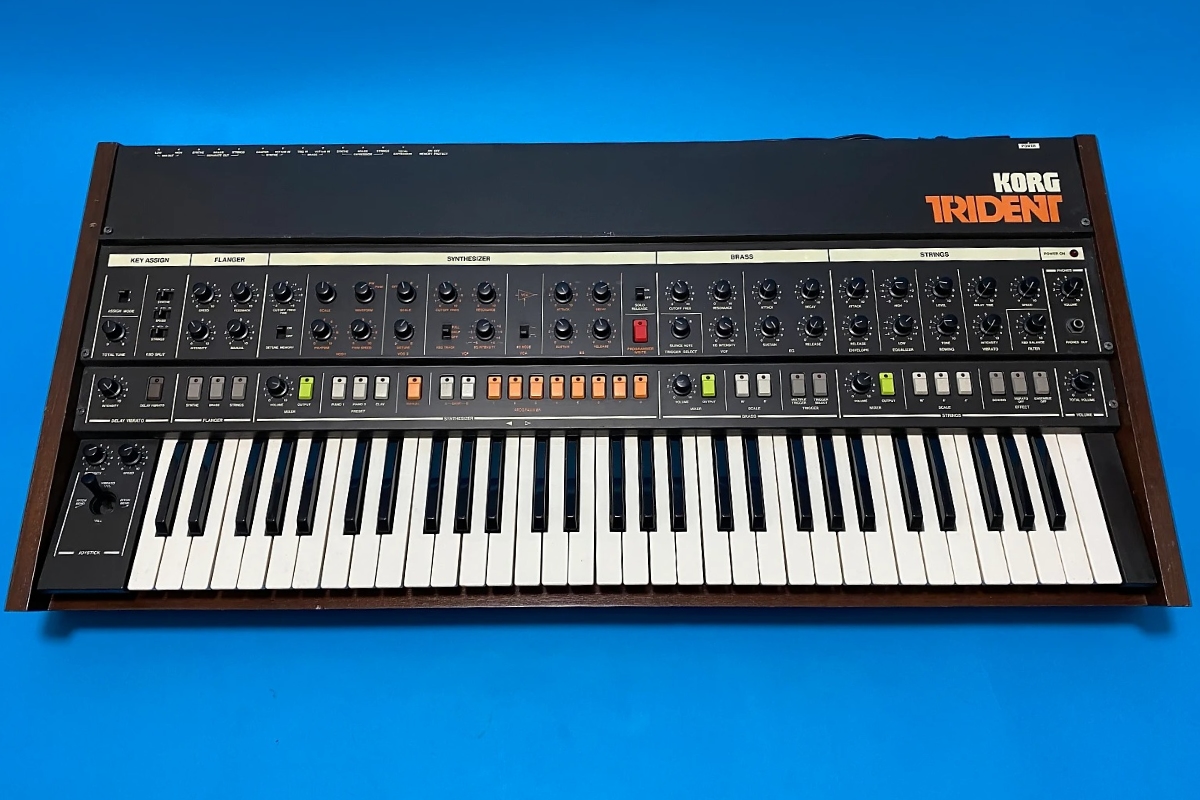
This eight-voice synth was divided into three independent sections—synthesizer, brass, and strings; each with their own unique VCO, VCF and LFOs—and allowed for two patches to be played simultaneously through its Split Keyboard mode. Though there was no external MIDI or CV functionality, it did feature 16 user memory patches, and a built-in flanger that could self-oscillate, with controls for speed, feedback, and intensity. The MKII introduced two years later added a tape interface, double the memory, and other features according to Synthesizer Evolution.
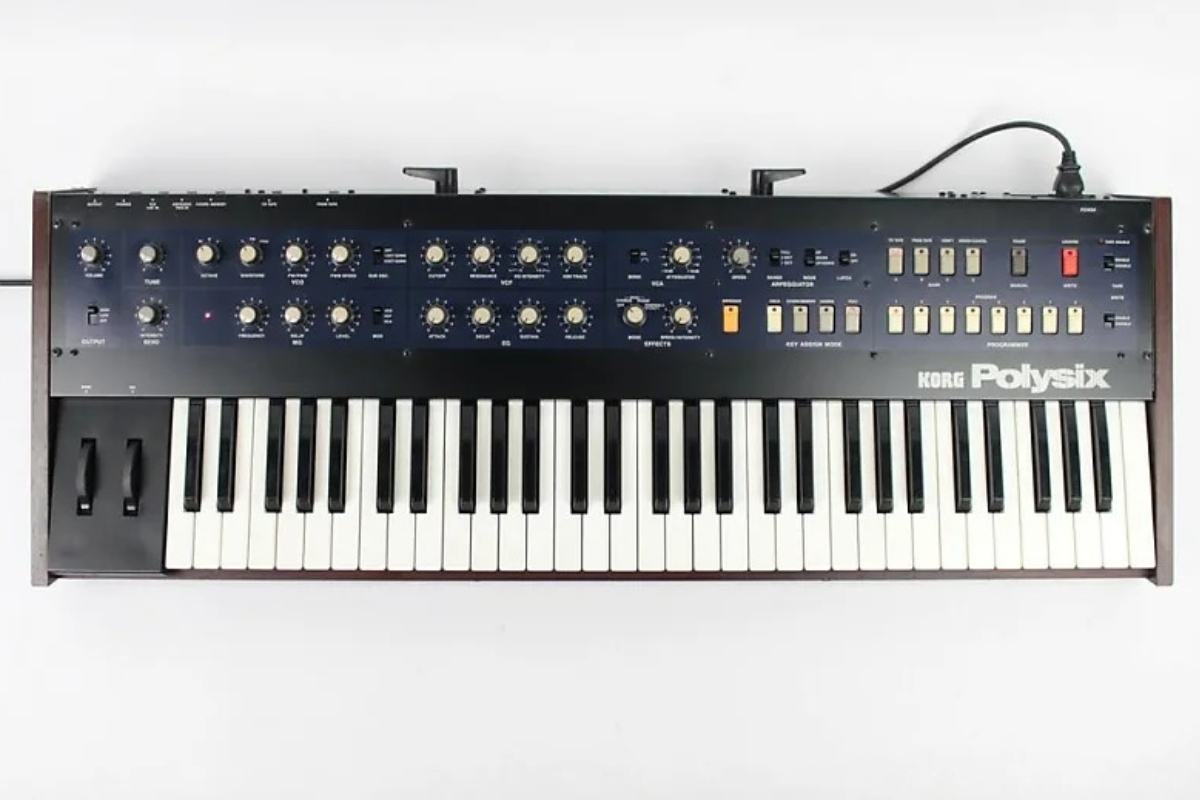
This appropriately-named six-voice synth has much in common with Roland's Juno-6, released the following year: both keyboards were a chance for consumers to buy a programmable polysynth on a shoestring budget. Containing 32 memory patches, one VCO and sub-oscillator per voice, the sound could be thickened up through both built-in chorus and ensemble effects.
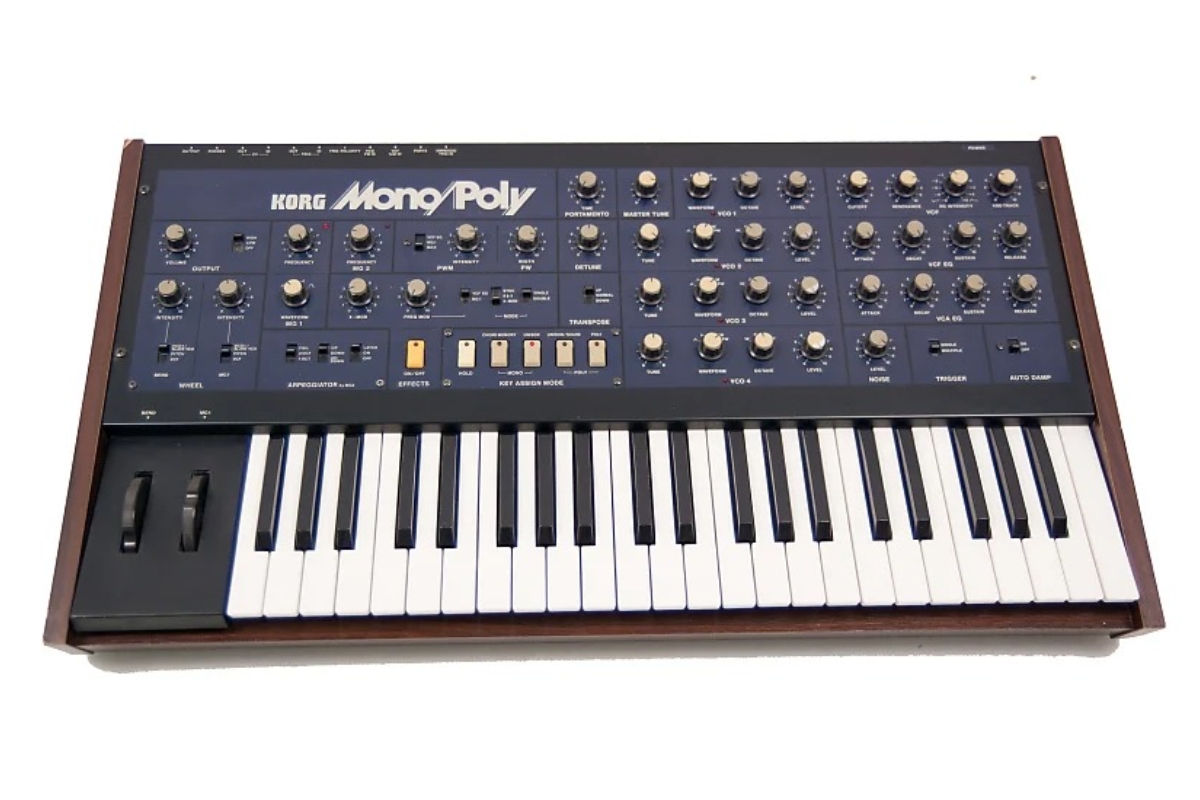
Released the same year as the Polysix was this monophonic/polyphonic hybrid. Its 4 VCOs—each equipped with their own level, tuning, and waveform control—could either be shared in a 4-voice mode, or linked in unison for a thicker mono lead. Pack in a built-in arpeggiator, sequencer, portamento, and chord memory, and you end up with one of Korg's most versatile and compact synths to date.
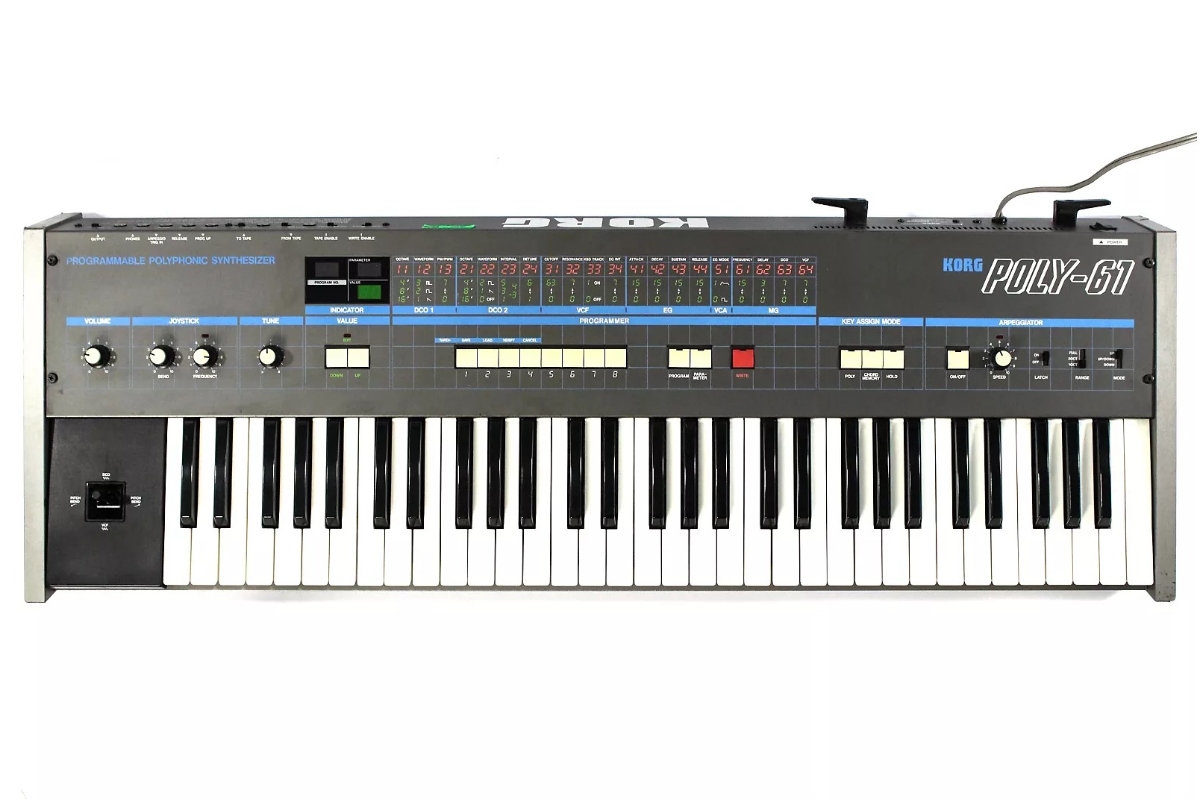
As the 61-key successor to the Polysix, the Poly-61 worked in two DCOs and was among the first of Korg's products to include their famous joystick, which could be used to adjust the DCO and VCF. Though the functionality wasn't included in the initial make, its follow-up version, released in 1984 as the Poly-61M, was the first Korg synth to feature MIDI.
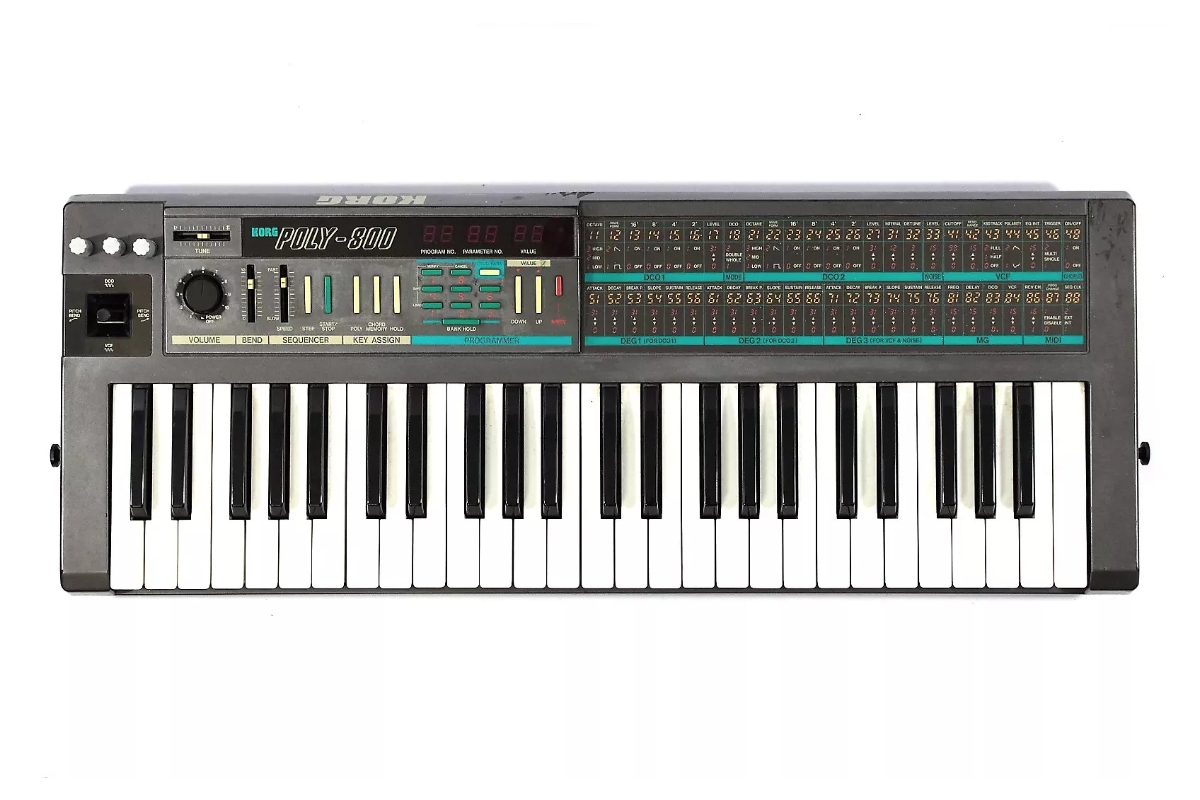
If the Polysix finds an easy comparison to Roland's Juno-6, this eight-voice synth surely aligned the upgrades found on Juno-106 though it was far more lightweight—namely stable DCOs, easy programming, and MIDI functionality. The Poly-800 had just one DCO per voice, but the oscillators could be stacked for a fuller sound through its double mode, limiting the synth to four voices of polyphony. You'll also find chord memory, a chorus effect (this time in stereo), a simple sequencer, and three digital envelope generators (for oscillators, noise generation and filters, respectively). A new added bonus: the synth ran on batteries and was complete with guitar strap pegs, allowing the player to wear it like a keytar.
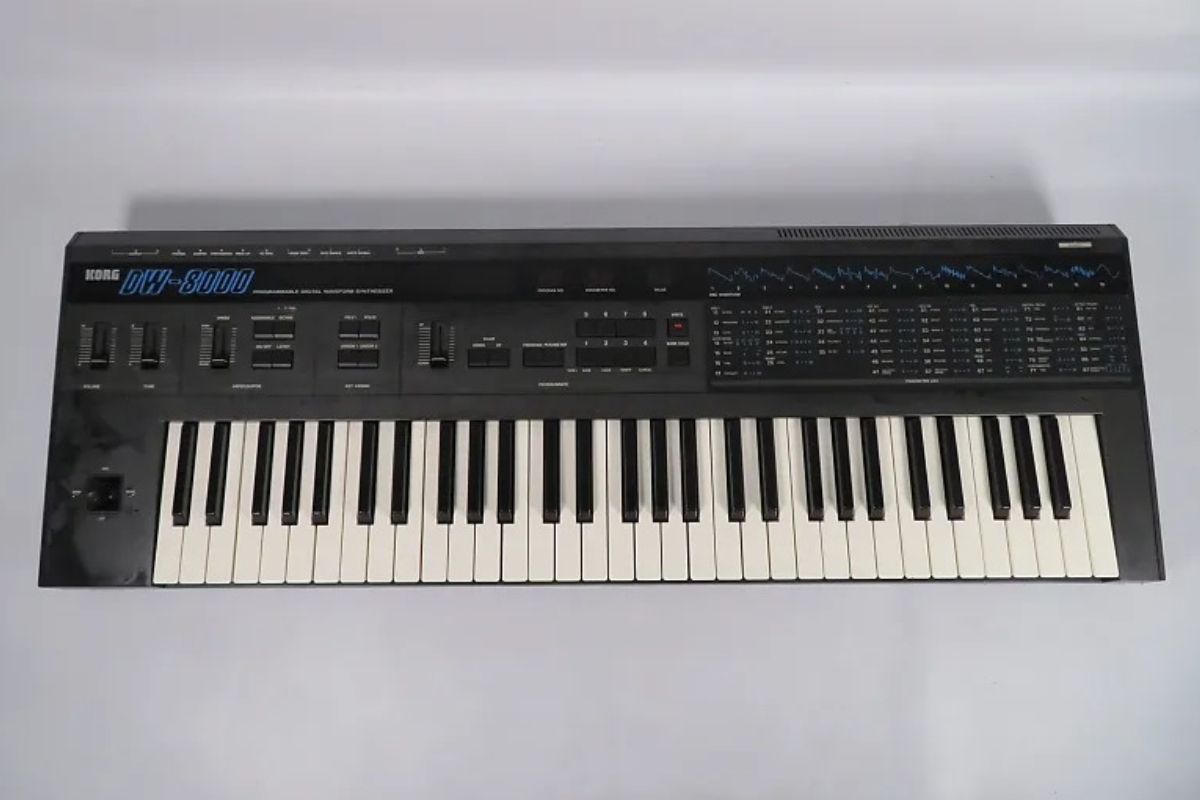
An upgrade from Korg's first digitally-controlled analog hybrid, the DW-6000, this house/techno staple doubled its digital waveforms from 8 to 16 and worked in a velocity-sensitive keyboard, an arpeggiator, auto-bend, and a digital delay that offered up to 512 milliseconds. In a similar manner to the Polysix, its eight voices could be played in polyphony or stacked together to create a fat monophonic lead.
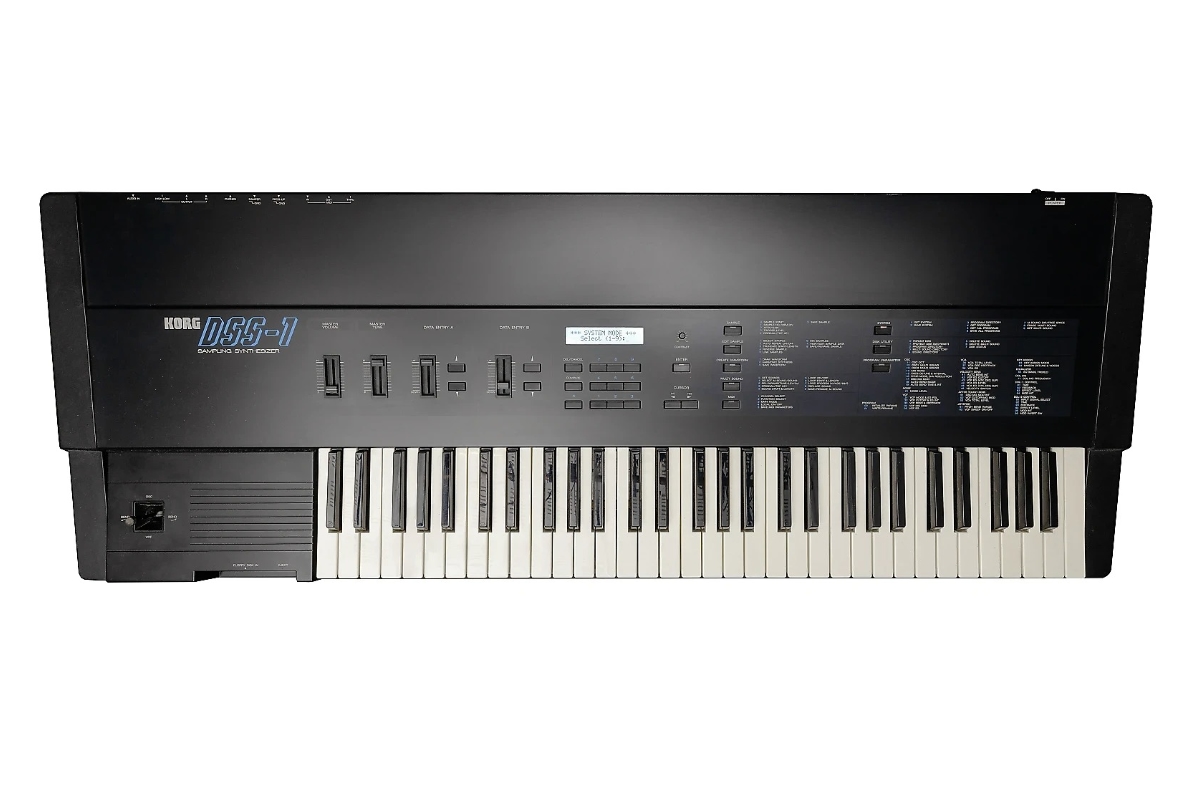
A product of Korg's brief affair with sampling synthesizers, this versative 12-bit machine would be their only sampler (up to five seconds) until the Triton workstation and Electribe boxes would be introduced the next decade. On top of two oscillators per eight voices, twin digital delays, and a particularly resonant filter, it included a simple additive synthesis engine which enabled users to create single-cycle waveforms on the fly.
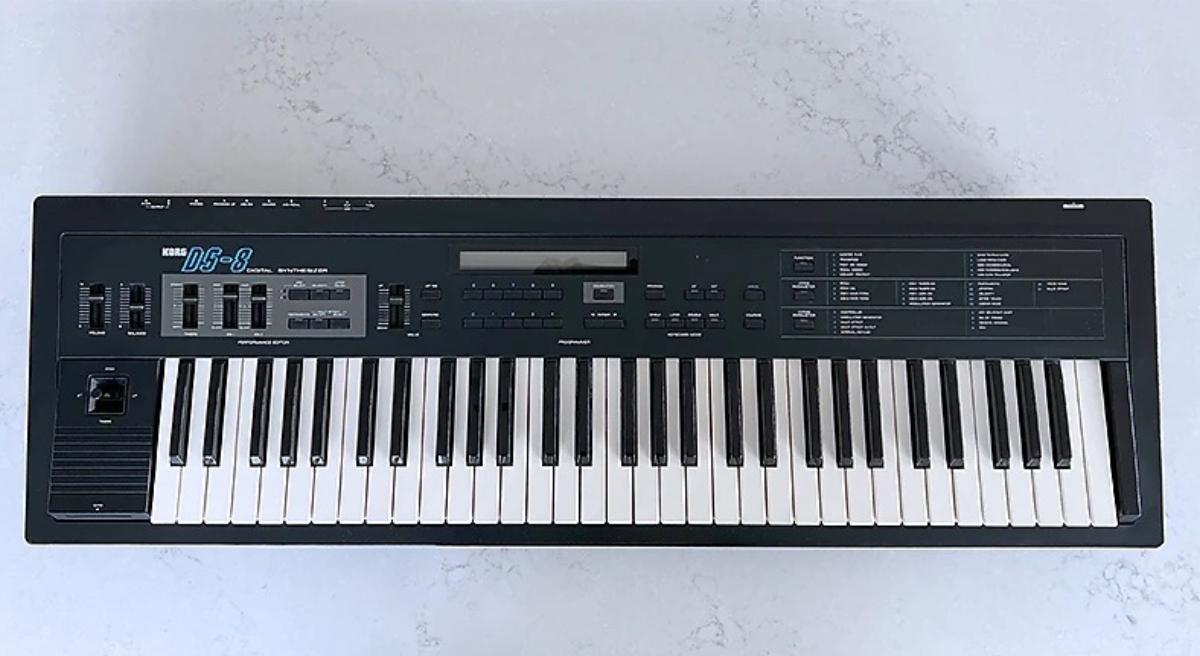
As a direct response to digital competitors like the D-50 and DX-7, this four-operator-per-voice FM synth was another early instance of joystick implementation, performance controls, and digital effects such as chorus and flanger. Released the same year was the compact and stripped-down 707, which shared the same engine though deprived of effects.
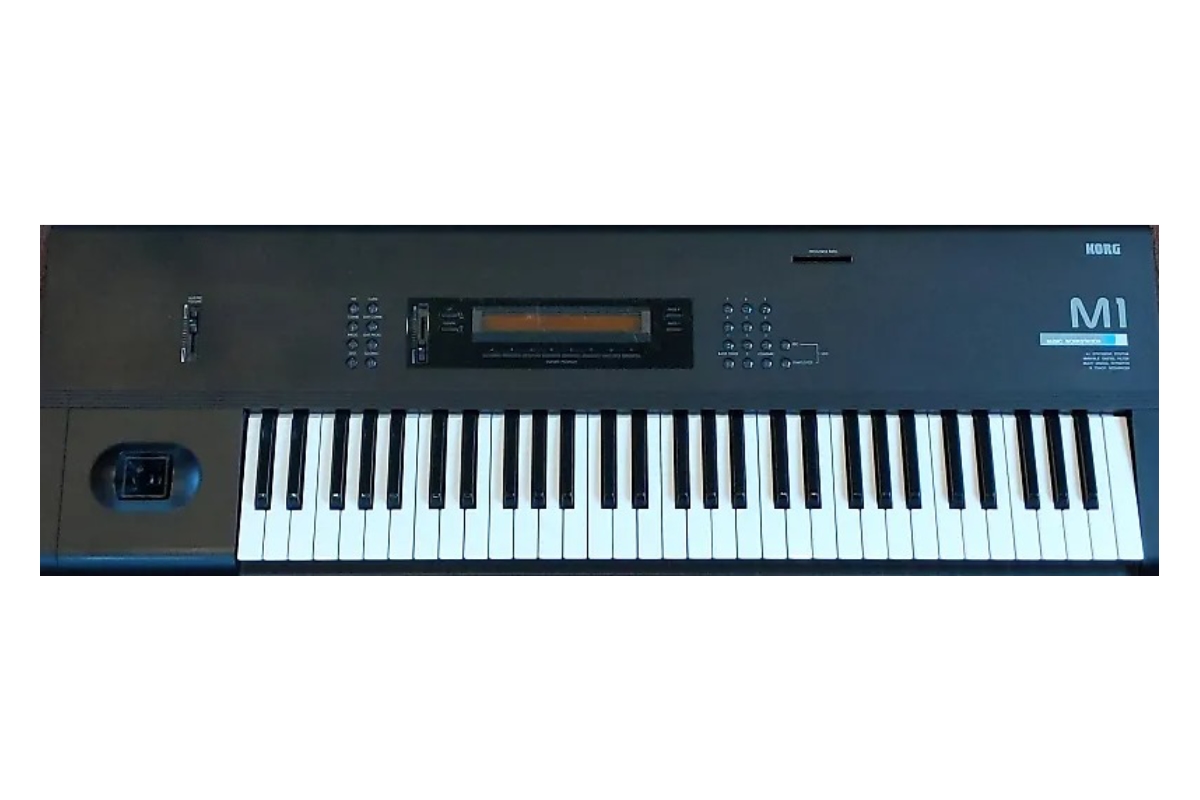
At the time of its manufacturing, this 61-key workstation was one of the best-selling synthesizers of all time and still remains one of Korg's greatest successes. It introduced the company's state-of-the-art AI synthesis, which allowed for 4MB of PCM-sampled/synthesized waveforms to be shaped using analog-style editing. Also packed in was an eight-track synthesizer, eight parts of multitimbrality, and a wide array of digital multi-effects. The success of the M1 led Korg down the rabbithole of developing more workstations, beginning with 1991's 01/W.
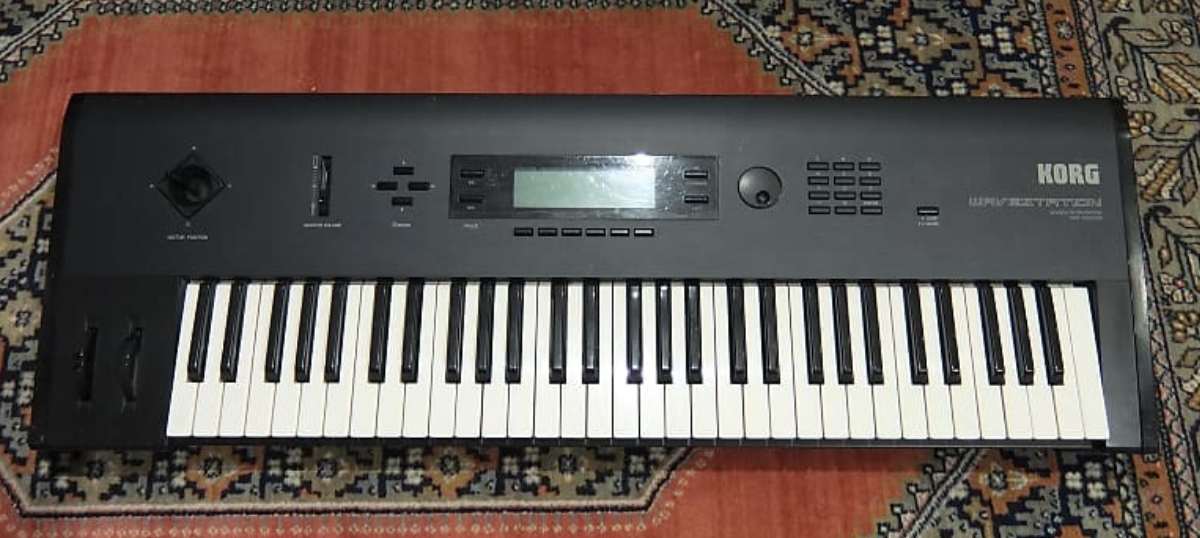
This synth was the first of Korg's products to utilize "wave sequencing" technology, picking up where Dave Smith left off during his development of vector synthesis at Sequential. (For those uninformed, wave sequencing enabled short segments of sampled audio to be stitched and crossfaded together, allowing for esoteric and ethereal sound design potential.) Though programming proved to be an obstacle, its 2MB of samples, 32-voice polyphony and a multi-effects unit enabled this unit to produce some lush digital textures.
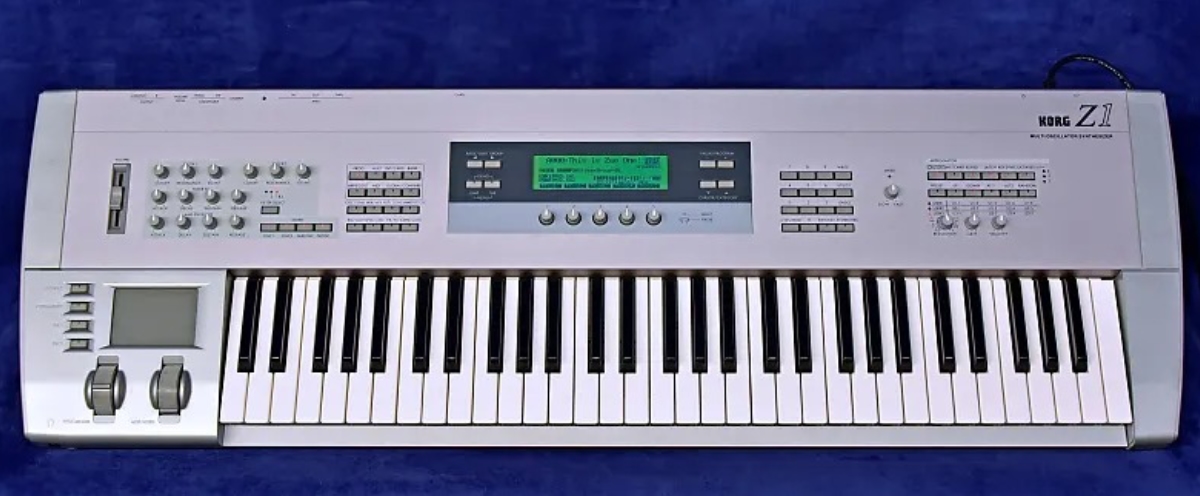
Arguably a polyphonic successor to the more-compact Prophecy monosynth from two years prior, this 12-voice and 61-key analog modeling synth boasted thirteen waveforms, four LFOs, two filters and multi-effects units, creating plenty of potential for sonic sculpting. Though deprived of an on-board sequencer, its polyphonic arpeggiator, filter controls, and touch-controlled XY pad allow patches to be tweaked in a pinch.
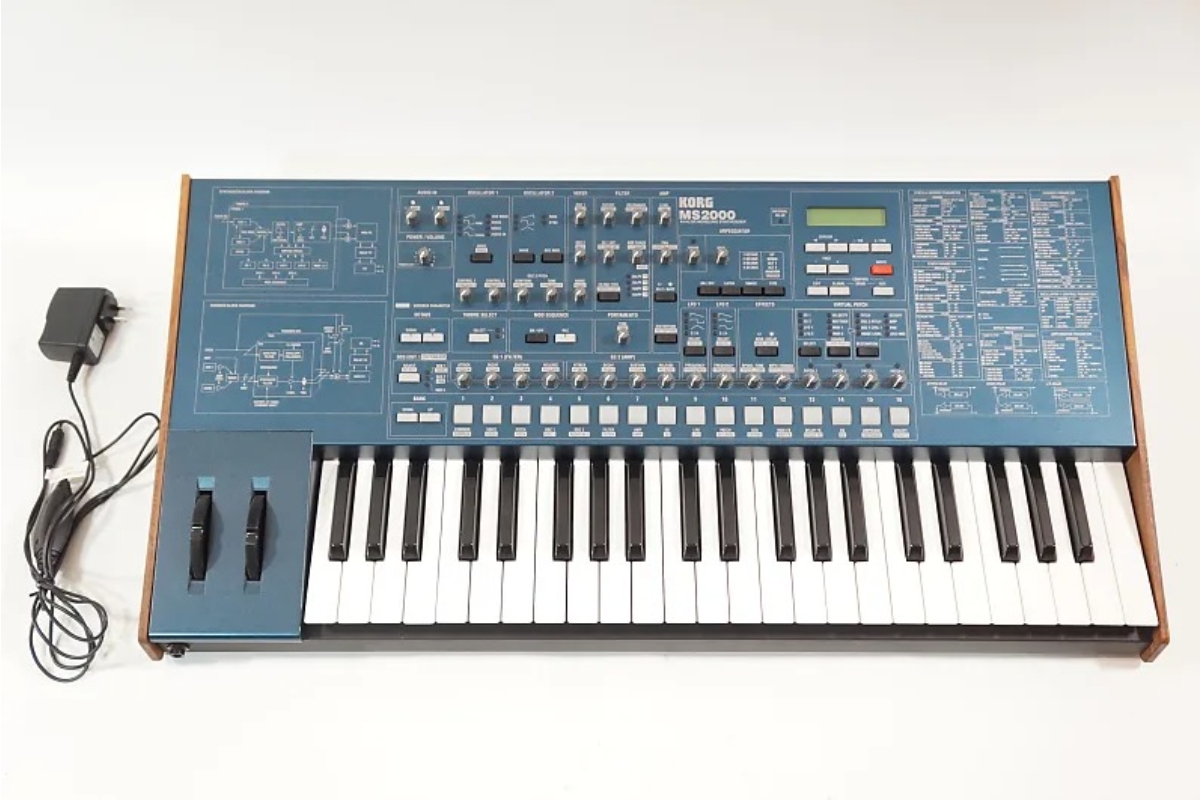
This four-voice synth was initially intended to market the tone and functionality of Korg's earlier monophonic MS series (including the MS-10 and MS-20) to a new audience, this time through virtual analog synthesis. It was released as both a 44-key synthesizer and a rack module (the MS2000R), which when paired together could create an 8-voice synth controlled on either unit, triumphing over the limitation in polyphony. In addition to two oscillators and LFOs with sample and hold, the synth also included a 16-band vocoder which could be accessed via an onboard XLR input.
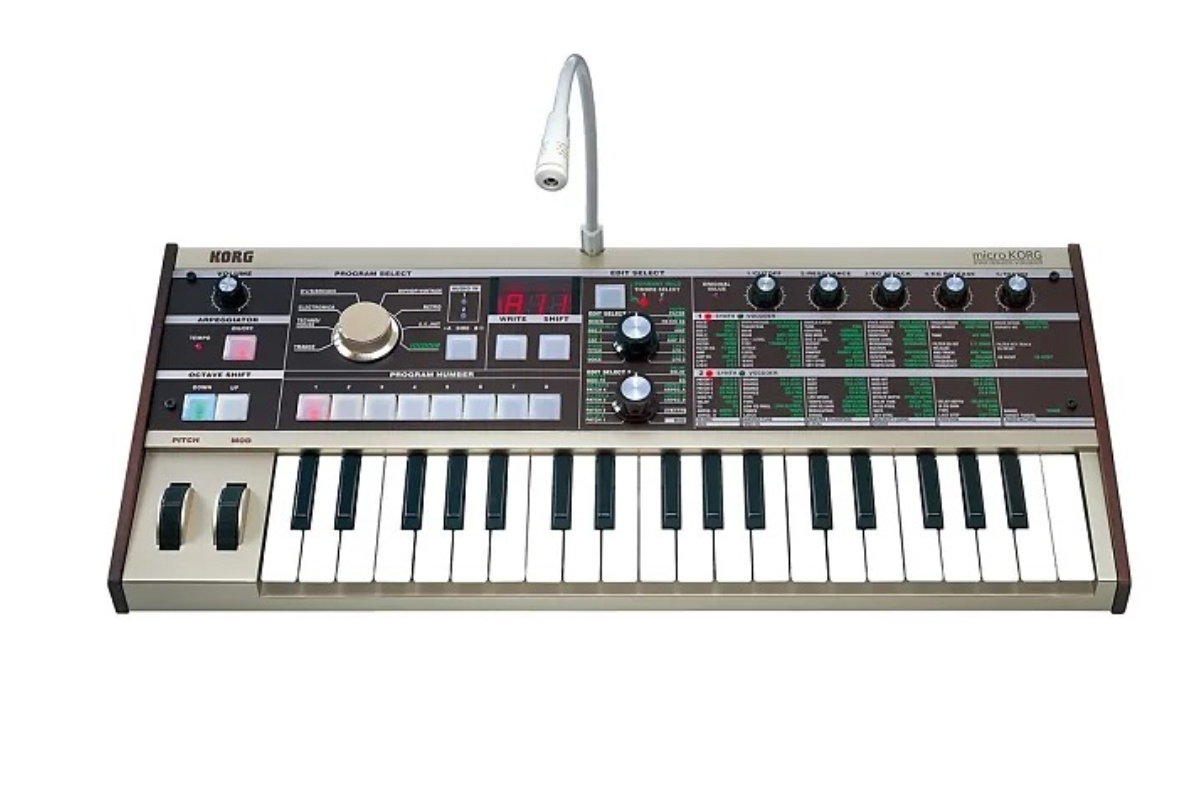
Continuing in the virtual analog workflow popularized by the MS2000 came this compact, four-voice battery-operated best-seller that remains in production twenty years after its release. With 128 presets curiously organized by genre, its five knobs naturally control filter cutoff, resonance, envelope attack and release times, although they can also be assigned to control other parameters of a patch. Complete with a built-in vocoder input microphone and a step-arpeggiator, the MicroKorg saw various mutations in the following years, including 2008's MicroKorg XL, which allowed for more advanced editing, and the all-white MicroKorg S released in 2016, which worked in built-in speakers and double the patch memory.
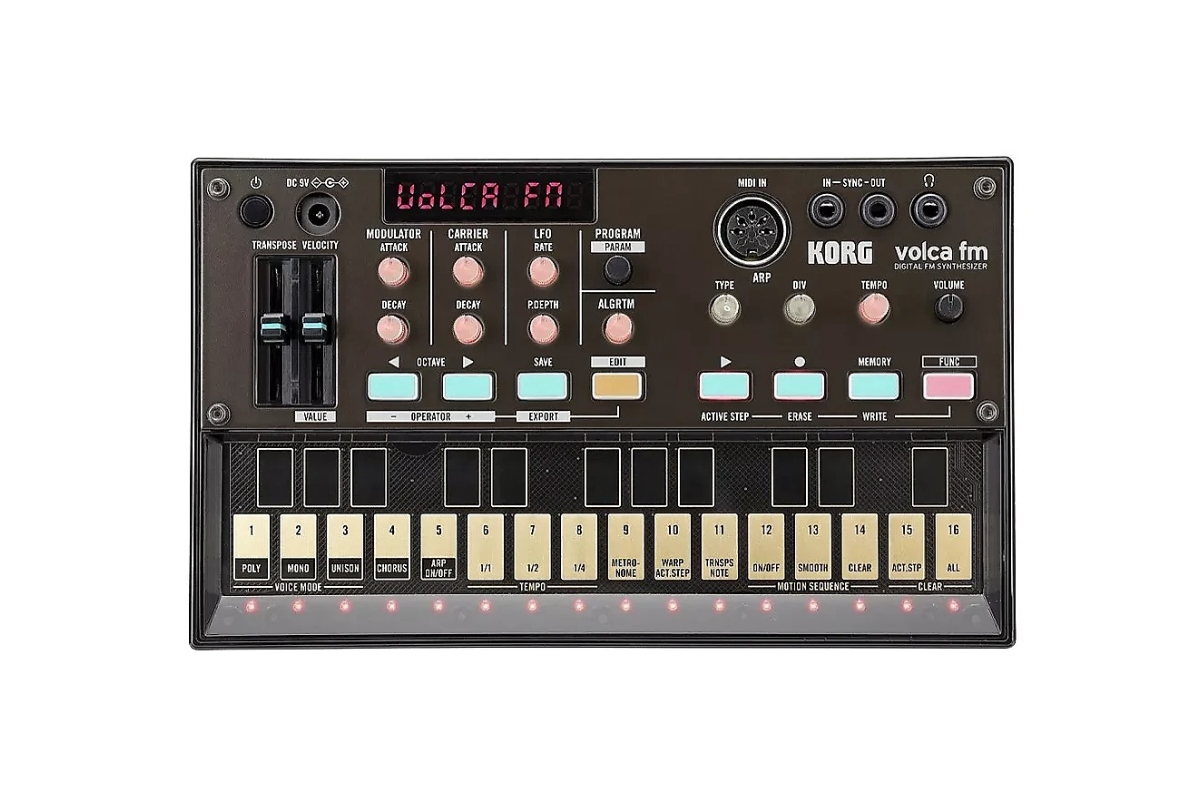
The MicroKorg seems macro when compared to Korg's Volca units, a series of battery-powered pocket-sized synthesizers, drum machines, and bass synths that are surprisingly versatile. The Volca Keys was introduced with the initial line and incorporated a delay effect, a simple sequencer, and a filter section borrowed from the miniKORG 700S. Three years later came the three-voice, six-operator Volca FM, which combined the above features with a convincing emulation of the Yamaha DX7—it's even compatible with the synth's SYS-EX patches. A six-voice upgrade was released in 2022 as the Volca FM2.
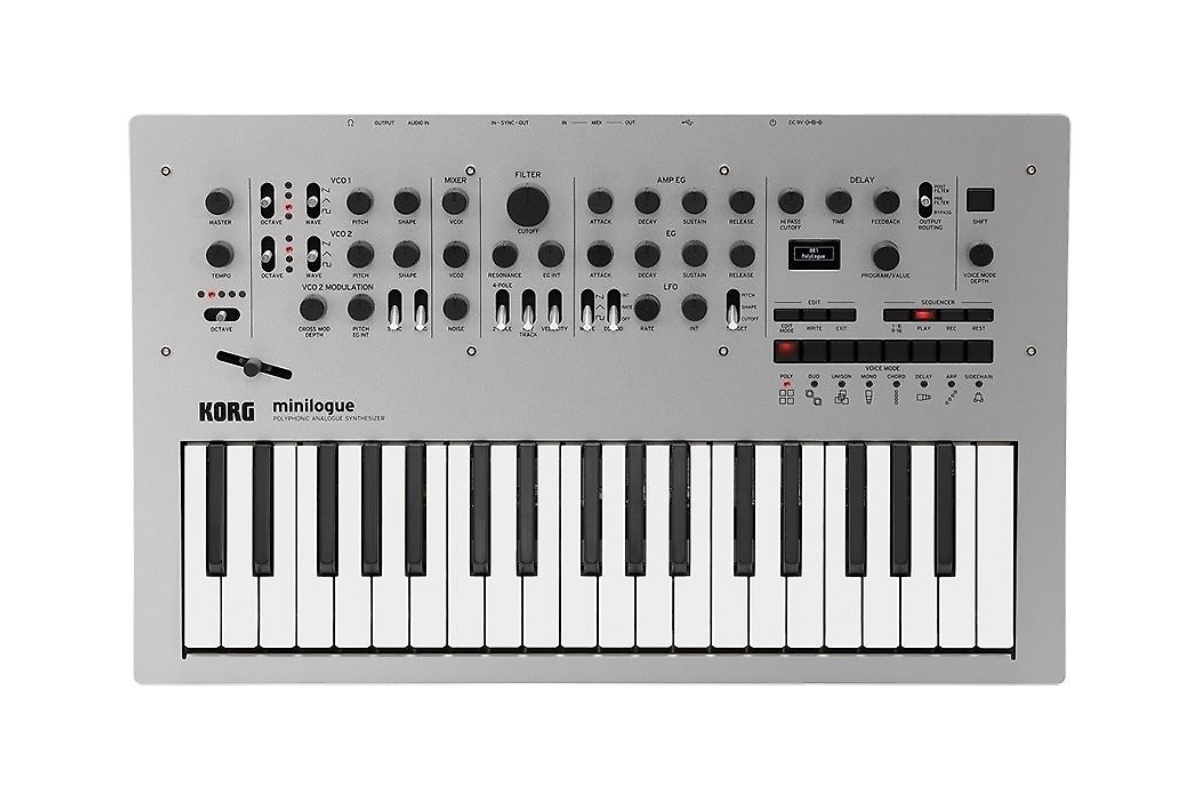
Keeping with Korg's trend of compact products in the 21st century came this 37-key analog synth with four voices and flexible configuration brought sleek programmability to the next level. This time, it included a step and motion sequencer, 200 program memories, a tape-style delay, several sound sculpting and filter options, and an oscilloscope display to top it all off. 2019 saw the release of the Minilogue XD variant, which doubled the presets, introduced a hybrid analog/digital synth engine, and a variety of time-based / modulation effects.
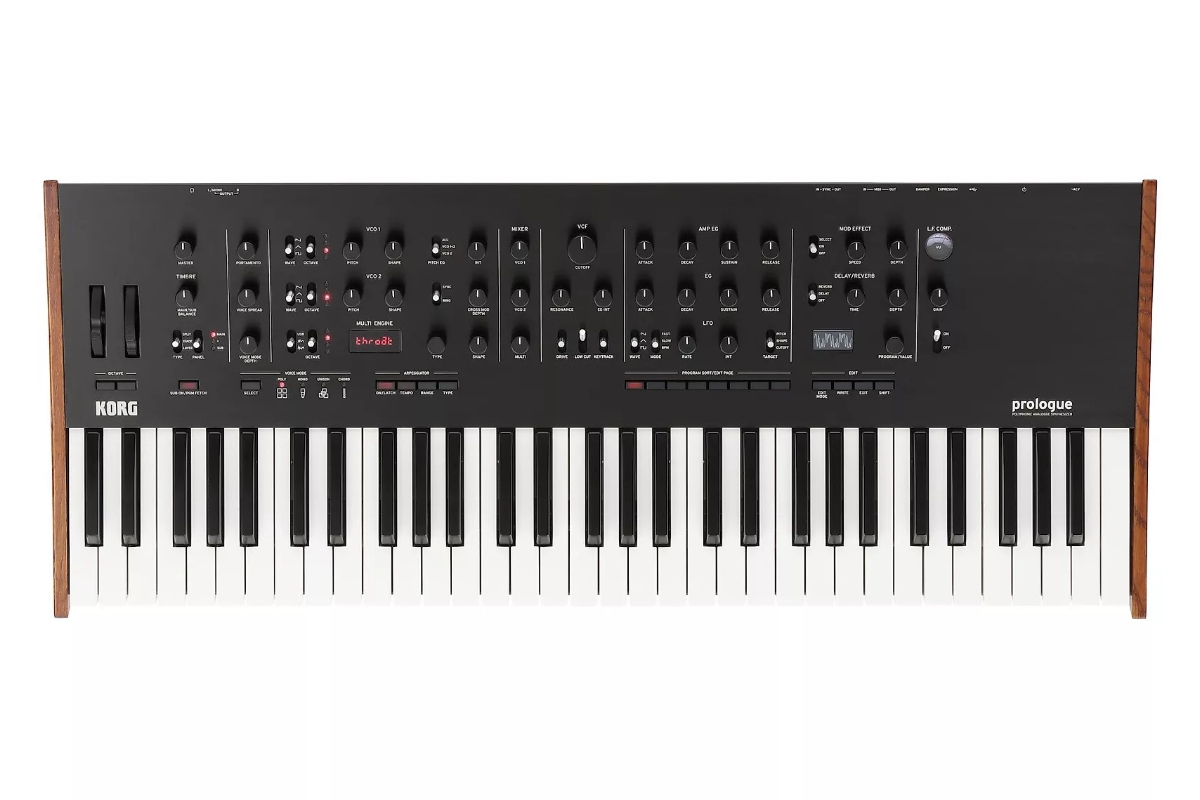
Korg brought it back to scale with this versatile 61-key analog synth, touting 16-voice polyphony, three oscillators per voice (two analog and one FM/wavetable), split, layer, and crossfade options, and four voice modes—monophonic, polyphonic, unison, and chord. For this particular synth, Korg developed a filter design with its own dedicated drive circuit for advanced harmonics and low-frequency compensation to tame unruly bass tones. As if that wasn't all, the I/O can be synced with a variety of Korg gear, including Volca modules and Electribe drum machines.
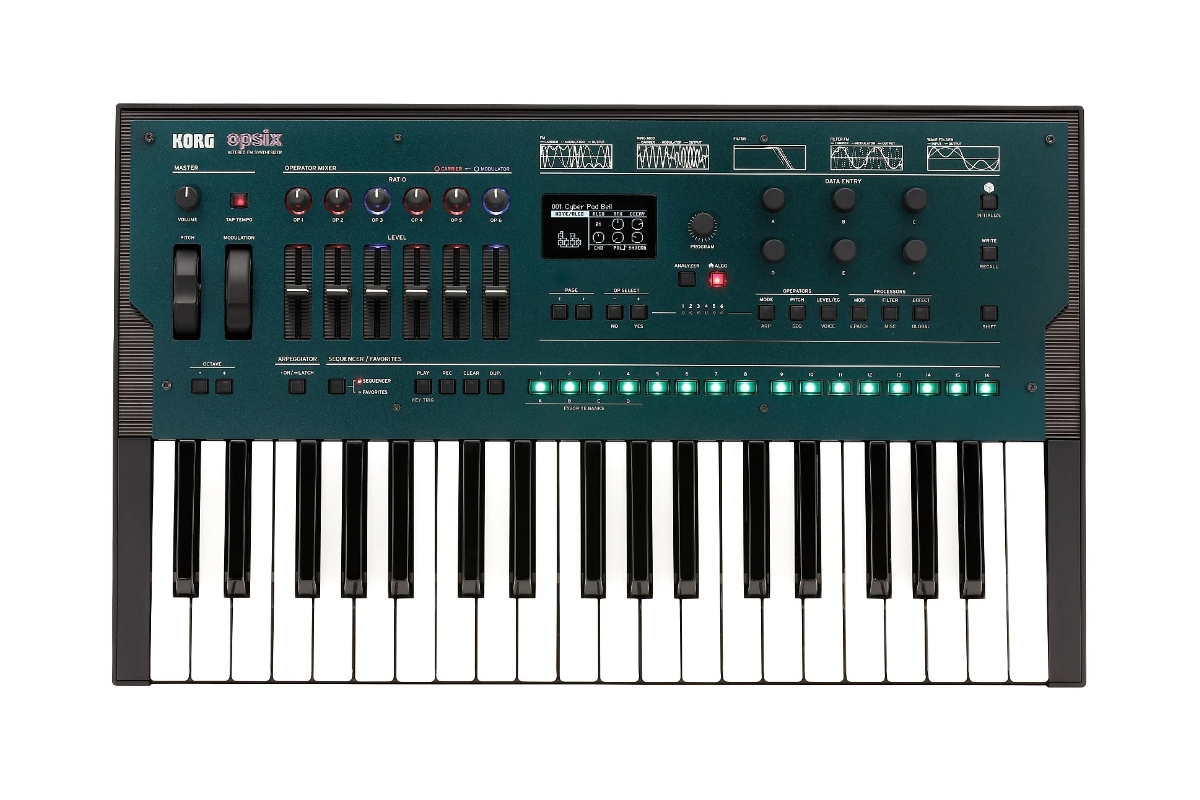
This three octave, six-operator FM powerhouse has been described by Korg as having an "altered" approach to frequency modulation. It features six different waveforms, each with their own fader for easy editing and sculpting, 11 filters modeled after previous Korg products like the MS-20 and the Polysix, and an option of 30 different high-definition effects. Much like the Minilogue, it also includes a sequencer, spectrum analyzer and oscilloscope.
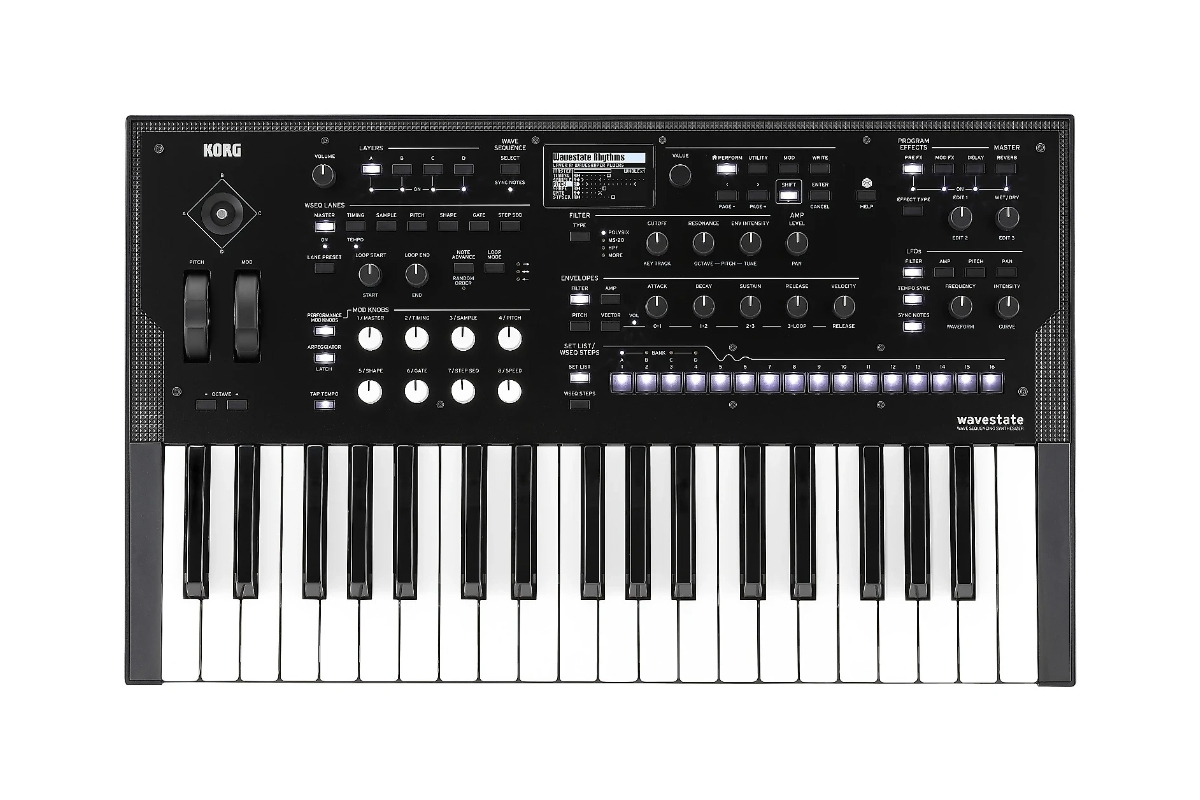
Thirty years after the Wavestation, Korg returned to wave sequencing with this 37-key synth. This time, the architecture consists of an impressive 64 stereo voices of polyphony, a 2GB sample library, as well as four simultaneous sound layers that can once again be blended via joystick. The upgraded parameters allow users to manipulate pitch, sample duration, gate times, and step sequencer values, breathing new life into the wave sequencing concept.
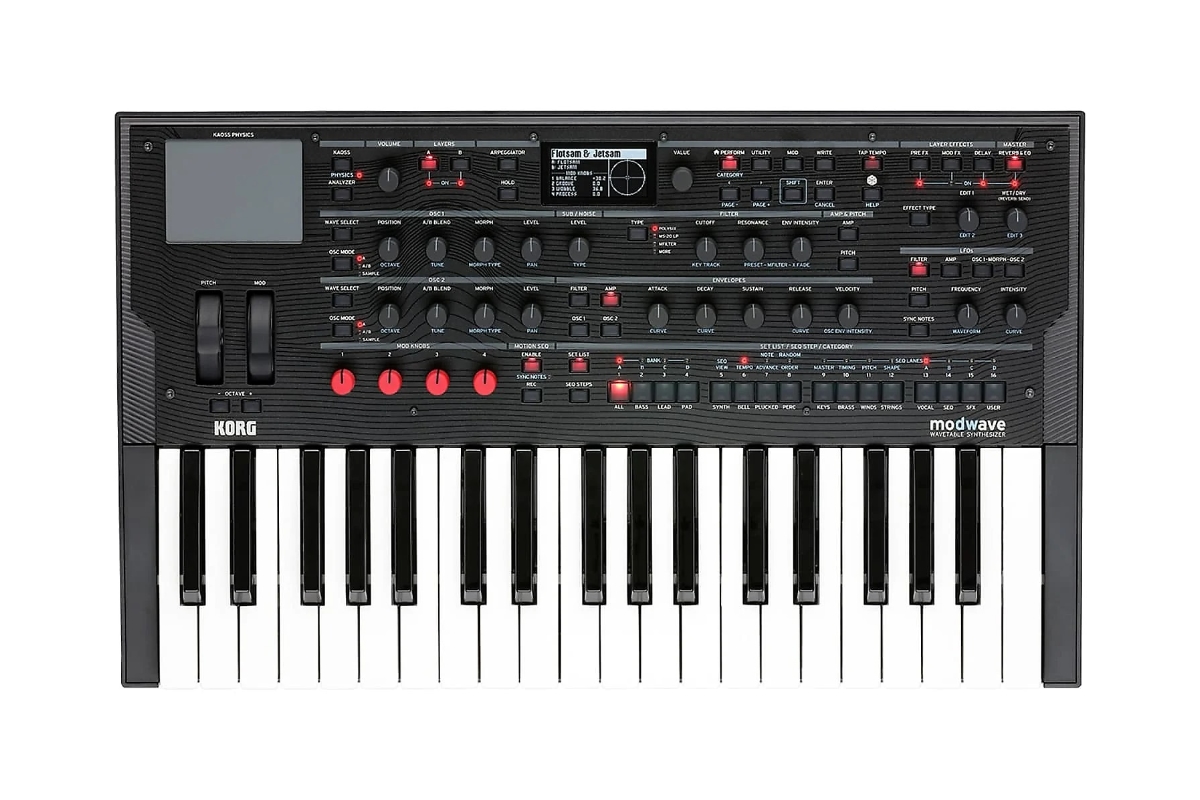
While the Wavestate updated the framework of the Wavestation, this synth—also 37 keys—revisited and upgraded the wavetable synthesis of the DW-8000. Bundled with over 200 wavetables, several stereo filters, and an extensive PCM sample library—not to mention its very own Kaoss Pad, allowing performance controls to reach new heights.
